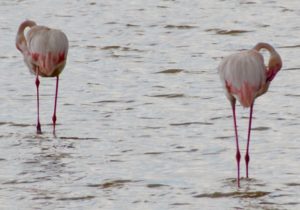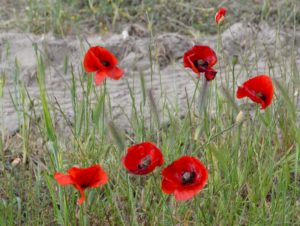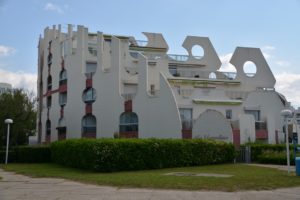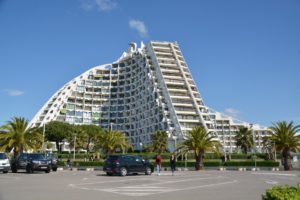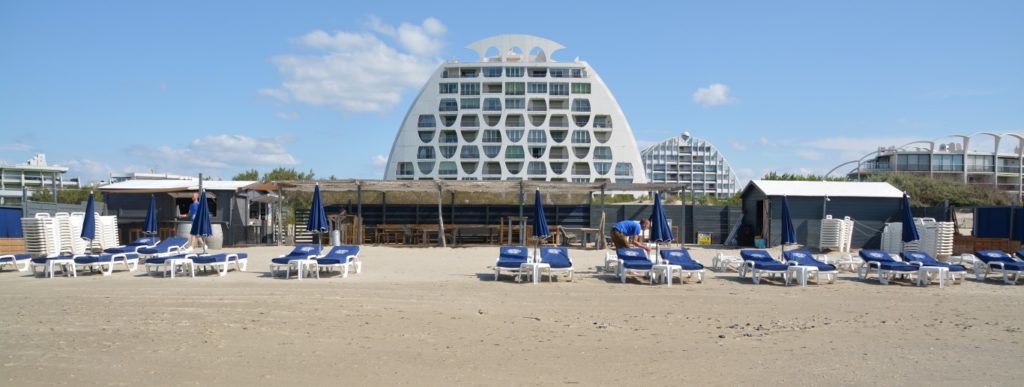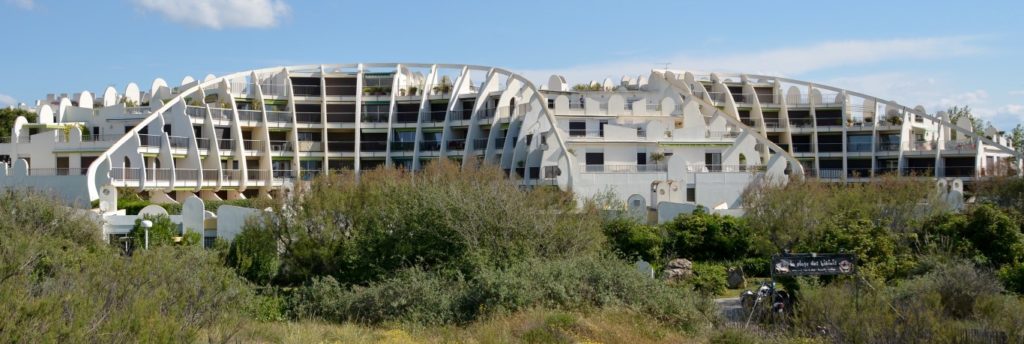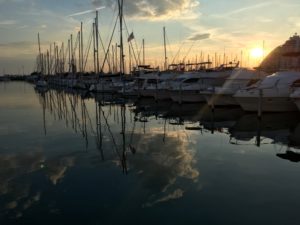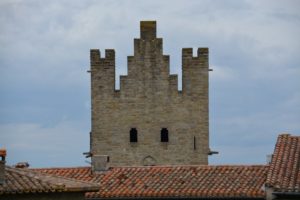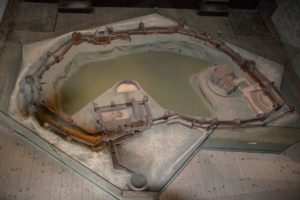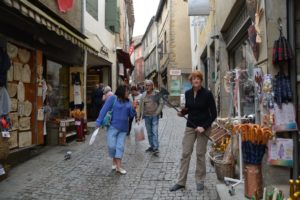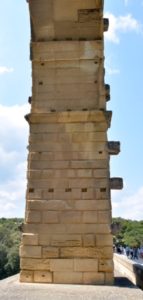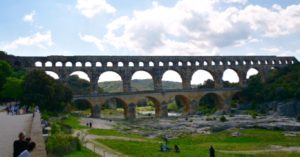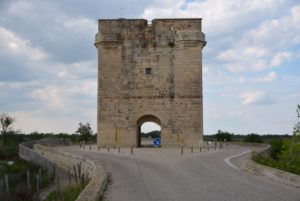Friday 13 May
Hotel Mercure in the town of La Grande Motte was in keeping with the town “old and ugly”. Having cooked our way through the night I asked the guy on reception if they could take a look at the aircon. “Air conditioning either all on or all off” came the reply. “Not summer yet so all off”. We commented that the room was very hot. “Open the window” was the response. There is no opening window “Open the door”… at that point we gave up!
Situated on the Camargue, a large river delta, famous for its pink flamingos, white horses and black bulls, grapes dominate the land here and wild poppies dot the fields.
La Grande Motte apparently was the brain child of Charles de Gaulle in the sixties, the idea being to stop the less well-off people of France spending their money in Spain. The whole town was designed by Jean Balladur, who claimed to have got his inspiration from the pyramids of Central America. Having just checked out a few of those pyramids I don’t see the likeness.
Eight thousand locals in the town get two million visitors a year, most during the summer. According to Google de Gaulle even sent a bunch of agents in here to get rid of the mosquitos.
If you are in one of the boxes looking out over the long white sand beach to sea I’m sure it’s a nice place to be.
After a lazy morning we took a 160 km drive southwest and visited the mediaeval city of Carsassonne. The Romans first threw this place together about 1000AD.
Various people occupied it including the Trencavel Dynasty, one of the most powerful families in France. Pope Innocent III called for a crusade against the heretical types living here and in 1209 the fort was besieged and overthrown. After the siege the outer wall was built making it impenetrable. For quite a while it guarded the border between France and Argon (Spain) until France moved its border further south. After that it fell into disrepair until in the early 1800’s the architect Violl-le-Duc came along and spent years restoring it. Now a UNESCO world heritage site it has shops and restaurants and is an exciting and interesting place to visit. The views over the surrounding town and countryside also enhance the experience.
Saturday 14 May
Using Apple’s “places nearby for breakfast” to guide us we strolled along the long, white, sandy beach. It turned out most of the places listed on the app for breakfast didn’t open until noon. Maybe being a holiday town breakfast here is lunch.
Driving seventy km northwest we arrived at a magnificent structure. Described as the greatest bridge ever built in classical times, Pont du Gard is 360m long 50m high and on three levels.
Two thousand plus years ago a bunch of Romans stacked up the stones to create a viaduct to carry water to the town of Nimes.
Still in good nick, although no longer carrying water as the water race on either side disintegrated long ago, it is now a major tourist attraction. There are walks to do through olive groves scattered through the local bush. Restaurants and bars sit alongside the river below the bridge along with a prehistoric cave.
On the way back we came across the Camargues Gardoise. Situated on a road in the middle of a swamp this too was built by the Romans. We believe it was some form of toll gate.
The day ended with a tasty meal at one of the many waterside restaurants surrounding the local marina.

